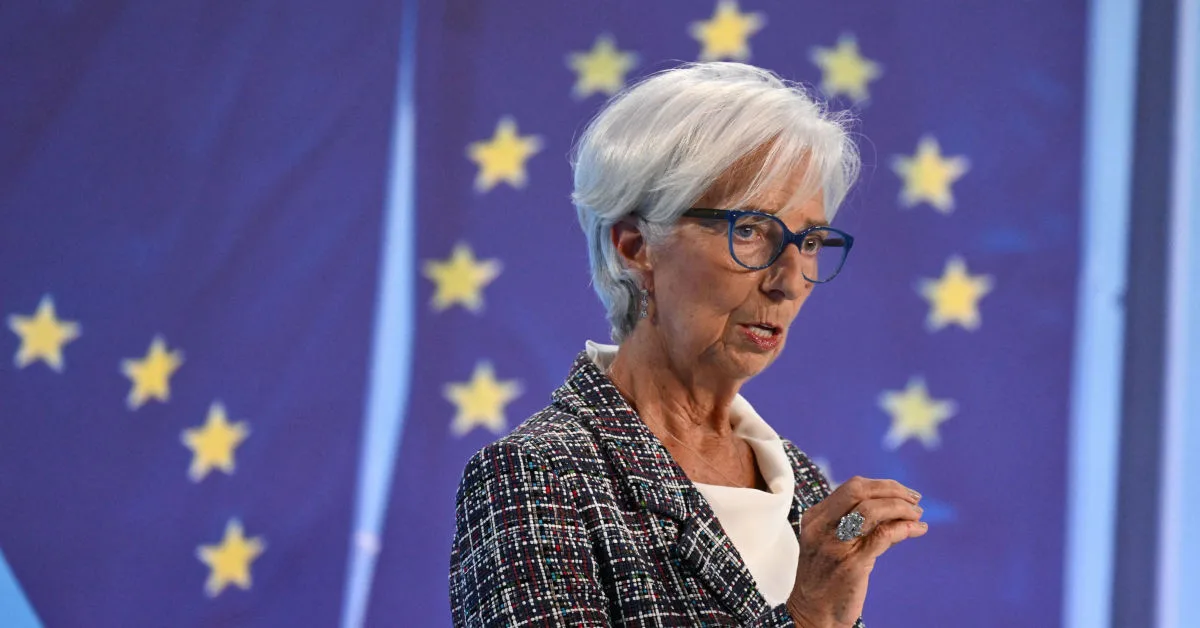The European Central Bank (ECB) has announced another reduction in interest rates, marking the third cut this year. This decision comes as the eurozone faces stagnating economic growth and a cooling inflation rate.
On 17 October 2024, the ECB lowered its key deposit rate by 25 basis points to 3.25%. This move is part of a broader strategy to stimulate economic activity in the eurozone, which has been lagging behind other major economies such as the United States. The ECB’s decision reflects a shift in focus from combating inflation to supporting economic growth.
Recent data indicates that inflation in the eurozone has slowed significantly, with the rate dropping to 1.7% in September, below the ECB’s target of 2%. This decline in inflation has provided the ECB with the leeway to cut rates without the risk of overheating the economy. ECB President Christine Lagarde emphasised that the disinflationary process is well on track, and the latest economic indicators have shown weaker-than-expected growth.
The ECB’s rate cut is expected to provide relief to borrowers, particularly those with tracker mortgages, who will see immediate benefits from lower interest rates. However, the reduction in rates also means lower returns for savers, which could impact consumer spending and savings behaviour.
The eurozone’s economic performance has been underwhelming, with growth rates trailing behind those of other major economies. The ECB’s decision to cut rates for the second consecutive month is a clear indication of the challenges facing the region. The central bank’s Governing Council has stated that it will continue to monitor economic data closely and make decisions on a meeting-by-meeting basis.
Economists have noted that the ECB’s actions are necessary to support the eurozone’s fragile recovery. Simon Barry, an economist, mentioned that the ECB is poised to deliver its first back-to-back rate cuts in 13 years due to the latest signals on economic growth and inflation. The central bank’s approach aims to balance the need for economic stimulus with the goal of maintaining price stability.
In Ireland, the ECB’s rate cut is expected to lower mortgage costs for nearly 200,000 borrowers. This reduction will provide some financial relief to households dealing with high living costs. However, the broader economic implications of the ECB’s decision will depend on how effectively the rate cuts stimulate economic activity across the eurozone.
The Irish economy, like many others in the eurozone, has been affected by the sluggish growth and low inflation environment. The ECB’s measures are aimed at reversing these trends and fostering a more robust economic recovery.
Looking ahead, the ECB has not committed to a specific path for future rate cuts but has indicated that it will keep policy rates sufficiently restrictive for as long as necessary to achieve its inflation target. The central bank’s cautious approach reflects the uncertain economic environment and the need to respond flexibly to changing conditions.
